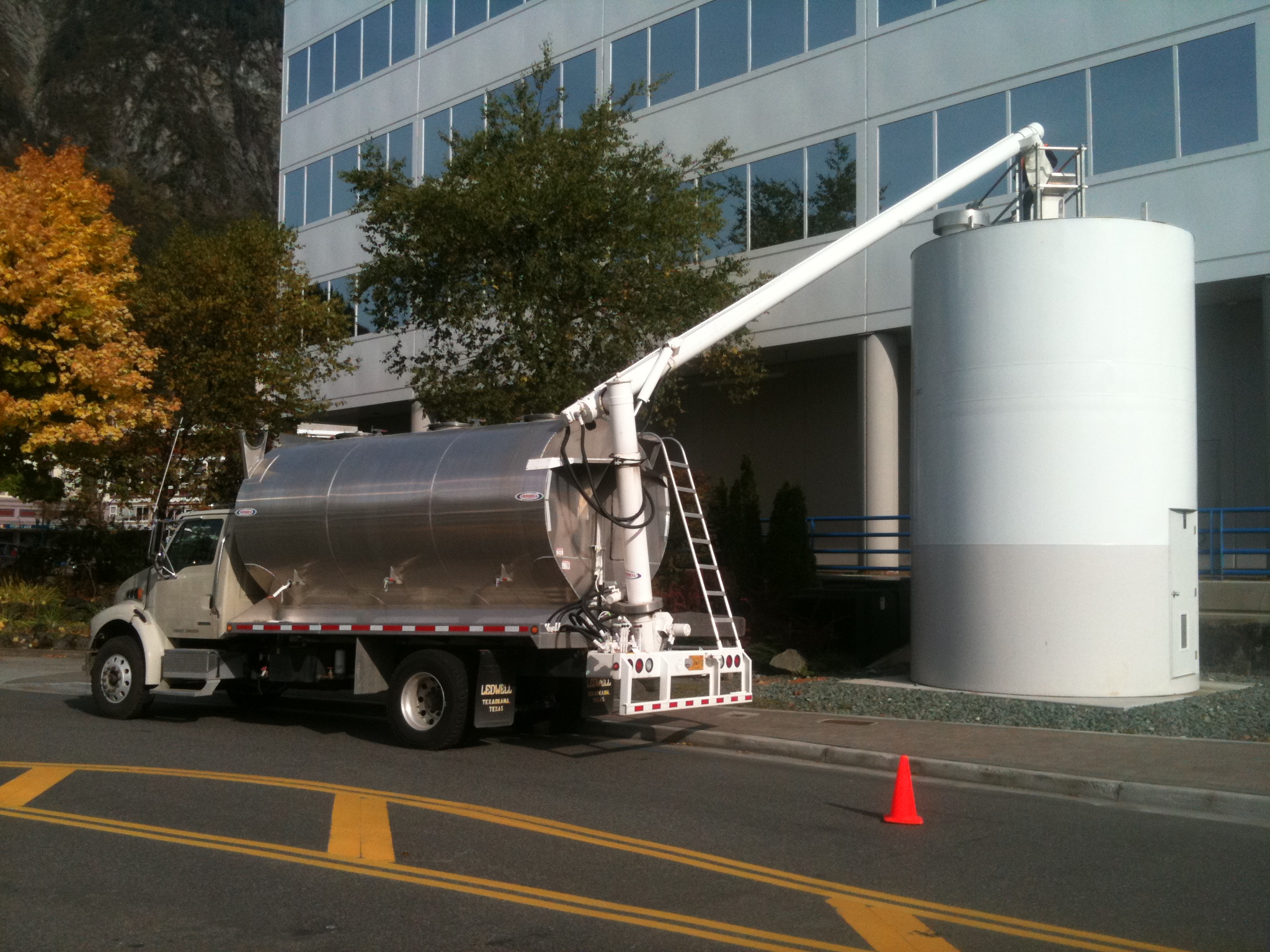
More and more Southeast government buildings and businesses are turning to woody biomass for heat. Some experts say the region is close to having enough demand to justify building a pellet mill. But it won’t be easy.
Boilers heated by wood pellets or chips are being installed in Coast Guard and Forest Service buildings throughout Southeast. Sealaska and some other businesses have done or are looking at the same thing.
And Yakutat is among those considering wood-powered electrical generators.
But in most cases, the pellets have to be shipped from Canada or the Lower-48.
Tongass Forest Supervisor Forrest Cole says that could be about to change.
“There are a number of hurdles to cross, but I believe in the southern part of Southeast Alaska we’re pretty much getting close to a tipping point where we could supply the wood available off a roaded land base to a mill that could create a pellet that could be somewhat competitive in the market today,” Cole says.

One of those hurdles is land selections or trades that make part of the Tongass National Forest’s future uncertain. That includes Sealaska and University of Alaska land selections, trades with the Mental Health Trust and potential claims by landless Native corporations.
Speaking at a biomass workshop at the recent Rural Alaska Energy Conference in Juneau, Cole says they’re due their claims. But …
“I find it extremely difficult in order to invest a buck today and ensure it’s there 10 years from now, when there’s so many hands in the pot of who’s going to own the land,” Cole says.
He says logging to just supply a pellet plant is not profitable.
But he says there’s enough timber, even with reduced harvests, to provide the mill leftovers that can be turned into pellets. He says if low sales cause mills to shut down, there won’t be that waste wood.
“If we lose the current timber industry in Southeast Alaska, we’re going to miss a huge opportunity in order to take a product that’s being produced today and basically a burden on the mills, in order to make a pellet that could readily heat and get a lot of the communities in Southeast Alaska off of oil,” Cole says.
Read Smith, another energy conference speaker, says the Forest Service is unusual among government agencies. He says the Department of Defense is also bullish on alternative energy. But much of the rest of Washington, D.C., is slow to recognize wood-energy opportunities.
“The problem is they don’t get it. They don’t get what we’re trying to do here,” Smith says.
Smith works for the group 25-by-25, which is pushing to get a quarter of the nation’s energy produced from renewable resources by the year 2025. He expects Alaska to be a leader in wood energy.
“The bottom line is biomass is a huge, huge piece and I don’t think anybody, anywhere in the United States is positioned better to capitalize on some new technology that’s just going to be implemented here in the next five to ten years,” Smith says.
Wood boilers are most often used as a source of heat.
But Dave Sjoding of the Clean Energy Application Center in Pullman, Wash., says it can do more.
“When you’re putting in systems for pellets, think about layer-caking on top an organic rankine cycle (heat recovery) system as well and get some power out of the deal as well,” he says.
He says a heat-recovery system can add value to a wood-energy project.
It also can replace expensive diesel generators when connected to a power grid.
“So one of the ways to think this through is using the hydropower system as a great big storage battery. So as you do energy efficiency, or renewable energy, you’re preserving and stretching out that cheap hydropower,” Sjoding says.
Wood biomass energy faces other challenges beyond funding. Advocates acknowledge opposition due to pollution worries, though they say a well-built system generates few emissions.
They also know any industry linked to timber harvests will face opposition in some communities. But they say wood boilers would mostly use leftovers from mills.

David Dungate of ACT Bioenergy, and others at the conference, say it’s worth serious consideration.
“When you look at what’s the best return per dollar invested in energy, if your target is reducing carbon, what’s the most cost-effective way to do that, and what’s the best way to create jobs per dollar invested, biomass comes out very well on all those,” Dungate says.
The Alaska Wood Energy Development Task Group is trying to spur development of wood-energy projects statewide. The group is accepting statements of interest from those exploring community heating projects.
The task group, a coalition of agencies, will hire consultants to visit project locations and craft reports that could help with funding. The deadline is November 4th.
